
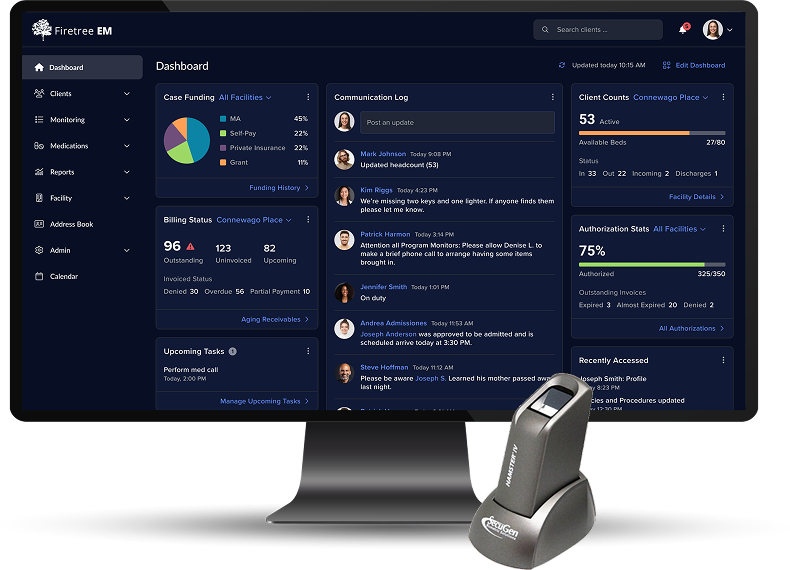
Firetree needed to replace its 11-year-old locally installed Windows-based Enterprise Management (EM) system with a new, state-of-the-art web-based application. The new EM application is now used to run Firetree’s entire business operations, which includes client admissions, treatment plans, prescription inventory management, billing and expenses, security headcounts, and facility check-ins with biometric fingerprint scanners. In addition, the application needed to comply with stringent federal and state requirements for processes, security, and documentation.
The project began with user shadowing and interviews of 15 users at five different Firetree facilities. UX Team took everything it learned from observing users work in their real-world environments and created a user experience that made their jobs far more efficient.
Activities and deliverables
User research, Prototyping, Development
Who we worked with
Product Owner
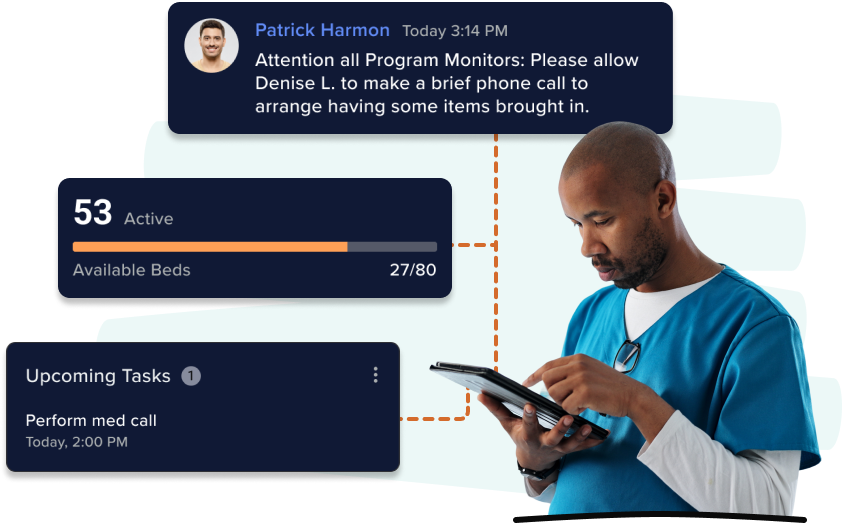
Digitalize forms
Streamline workflows
Address complexity of existing processes across all departments.
Personalized dashboards
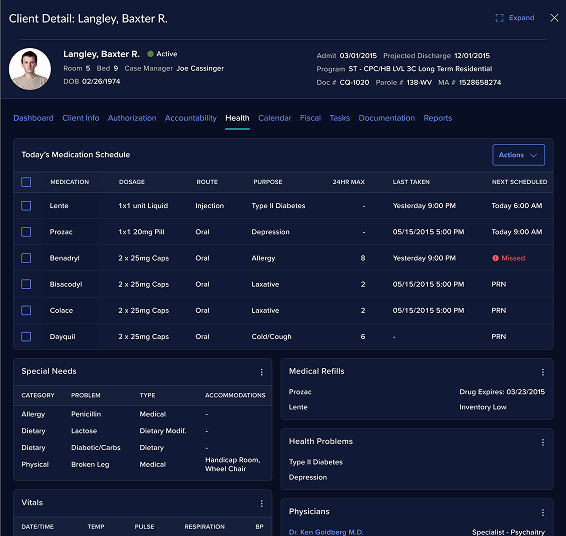
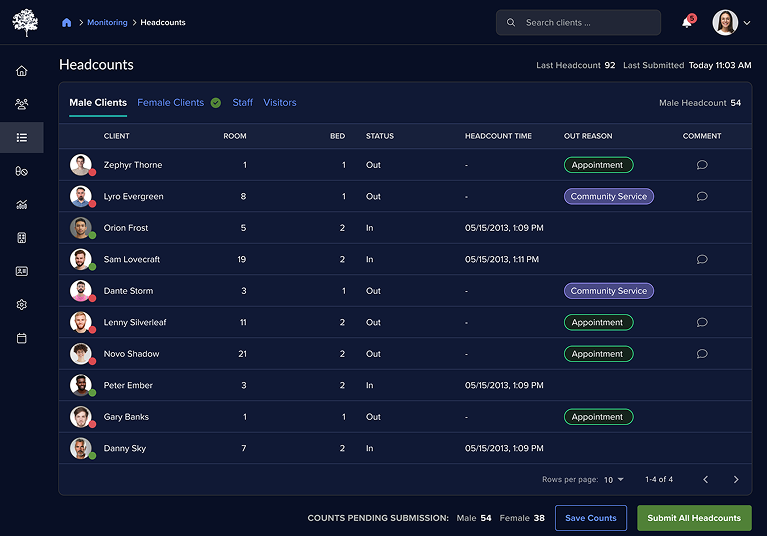
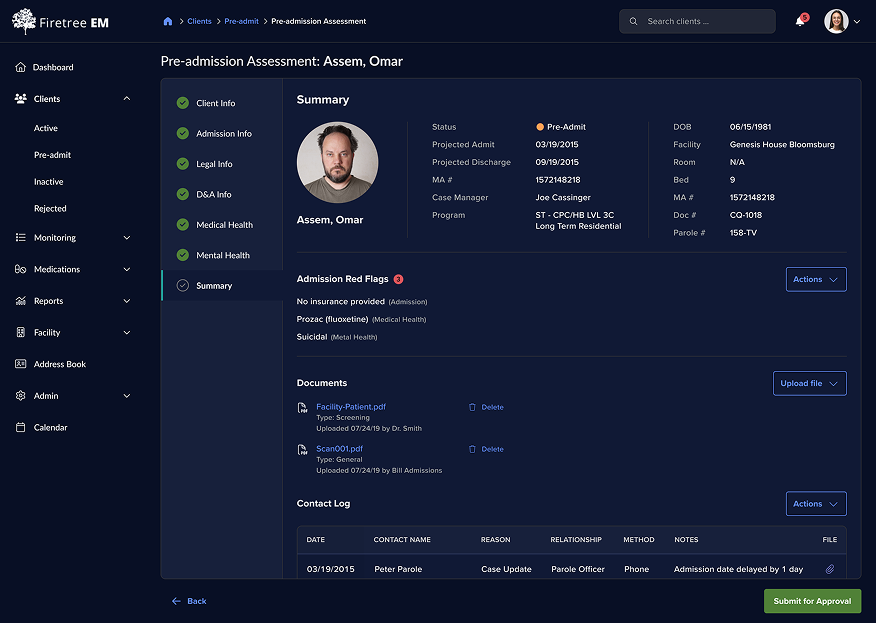

Purpose of our research
Using various research studies we aimed to:
Studies

During user shadowing, we observed employees across departments completing tasks both inside and outside the legacy EM application. Critical processes—such as filling out forms, creating and approving treatment plans, and managing narcotic inventory and patient medications—were first recorded on paper before being manually entered into EM. To make the process even more complicated, users had to enter the same information repeatedly across multiple screens. All these inefficiencies consume valuable time and resources and increase the risk of errors.
In the new application, all tasks can be completed digitally, eliminating the need for pen and paper and reducing redundant work. Forms are streamlined with features like prepopulated text fields and dropdown lists of predefined options to minimize data entry. Additionally, automated workflows deliver instant notifications and accelerate approval processes once forms are submitted.
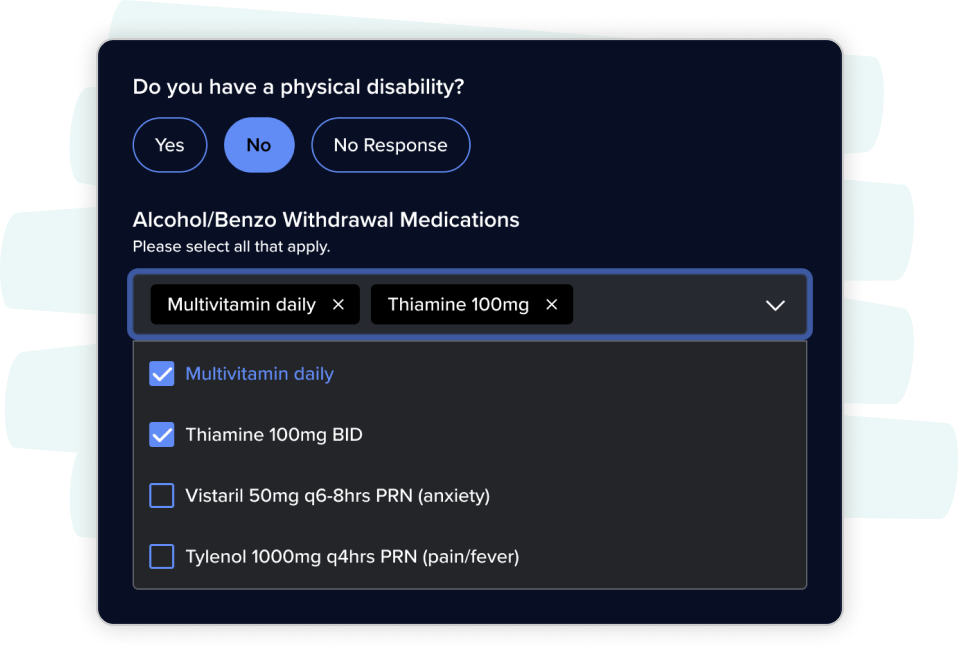

Shadowing users in accounting was particularly eye-opening for both us and our client. Generating invoices involved logging into five facility locations remotely to export data, using three applications to create invoices, and accessing ten external systems to distribute them. Beyond the complexity of billing, the same information was manually entered multiple times into Excel for different accounting purposes because the data in EM was not trusted to be accurate or real-time.
We implemented a unified, user-friendly accounting system within the new cloud-based application to address the inefficiencies and trust issues. By integrating this functionality, we ensure that data is accurate and real-time, with all locations accessing a centralized database. This approach reduces manual entry, minimizes errors, and saves significant time.
We discovered during user shadowing and interviews that the patient check-in and check-out procedure created a significant bottleneck. When a patient entered or left the facility, a program manager manually checked them in or out from a paper list of around 50 names. This process led to long lines and often caused patients to miss transportation when leaving and be marked as late when checking back in, which led to erroneous disciplinary action reports.
To resolve this issue, we introduced a biometric thumbprint scanner. The scanner lets patients quickly check in and out of the building and classes while accurately recording times and locations within the application.
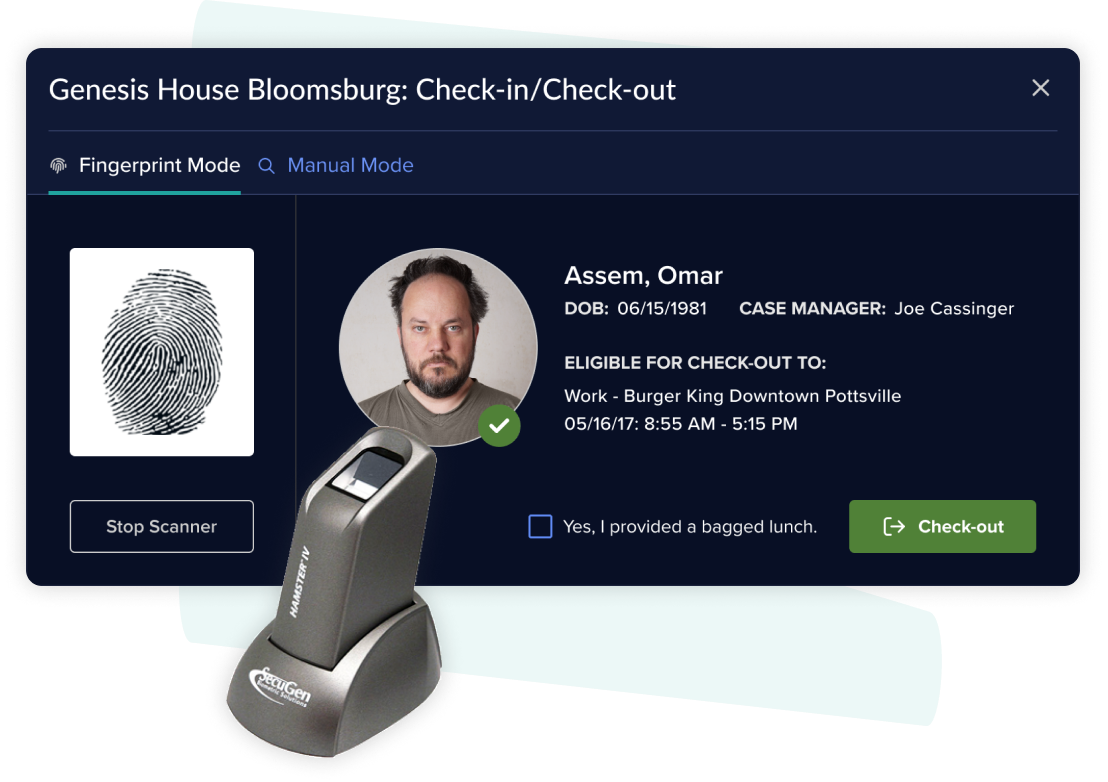
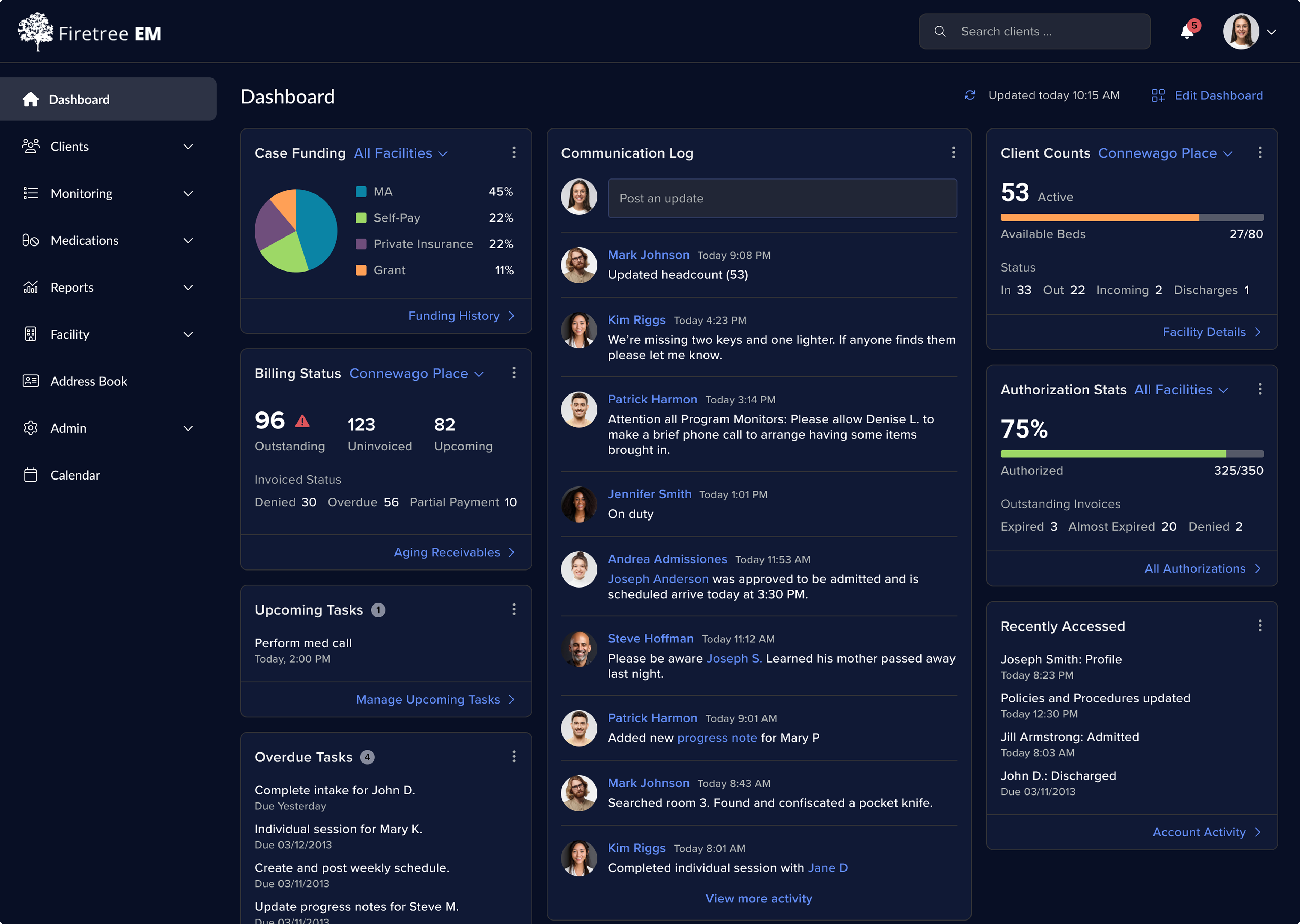

Contact us for help with your enterprise software design.
